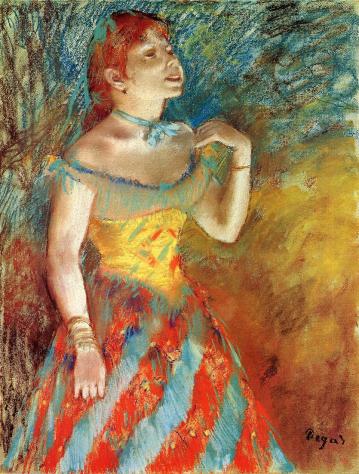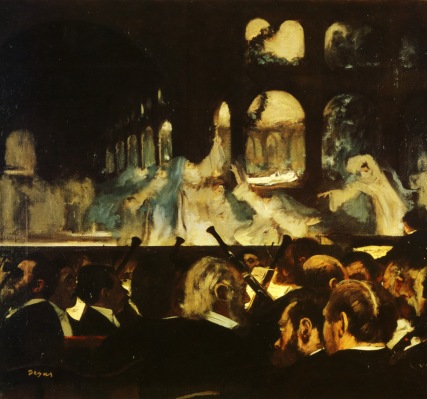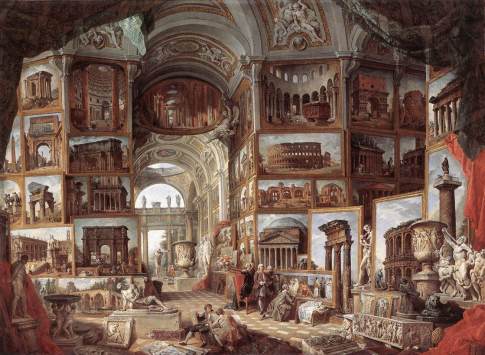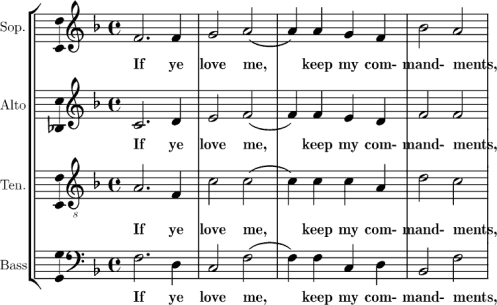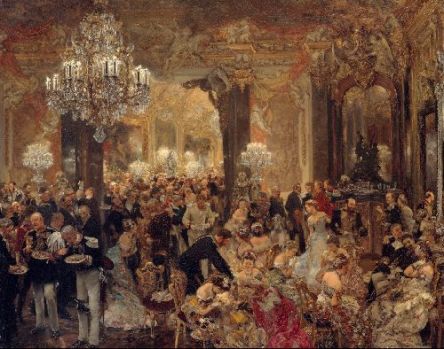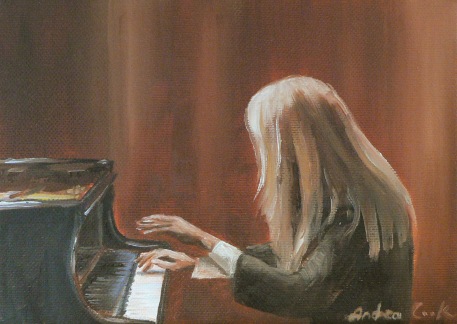In the writings of Ernst Kurth (Grundlagen des linearen Kontrapunkts, Berne: M Drechsel, 1917) and since, a phrase that stresses the identity and character of individual lines making up the contrapuntal fabric, thus tending to subordinate the harmonic or vertical dimension.
Monthly Archives: November 2014
prima donna [It.]
The singer of the principal female role in opera, or the leading female singer in an opera company. The corresponding male designation, less frequently used, is primo uomo. The term was in use by the middle of the 17th century, spurred on, it has been conjectured, by the development of public opera houses. It connotes a performer of overbearing temperament and arrogance. Terminology for the hierarchy of singers has at times been subject to an inflation resulting in the use of terms such as prima donna assoluta (absolute first lady) or diva (goddess).
ballabile [It.]
calando [It.]
Decreasing in loudness and often also in tempo.
duplet
capriccio [It., whim]
[Eng., Fr. caprice]. A humorous, fanciful, or bizarre composition, often characterized by an idiosyncratic departure from current stylistic norms. Throughout its history the capriccio has been closely allied with pieces called *fantasia, but more extreme in contrasts and more daring in deviating from conventions of harmony and counterpoint.
homorhythmic
Characterized by the same or very similar rhythm in all parts making up a musical texture, as in a simple hymn or chorale setting. Texture of this type is also described with the terms of chordal style, familiar style, note-against-note style, isometric, and homophonic [see homophony].
double leading tone
In a *cadence (especially in music of the 14th and 15th centuries), two leading tones, one of which rises by half step to the primary cadential pitch, the other rising by half step to the fourth below or its equivalent in another octave.
stravaganza [It.]
etude
[Fr. étude, study; Ger. Etüde, Studie; It. studio; Sp. estudio]. A composition designed to improve the technique of an instrumental performer by isolating specific difficulties and concentrating his or her efforts on their mastery. A single etude usually focuses on one technical problem; etudes are usually published in groups more or less systematically covering a range of such problems in a range of keys. In present-day usage, the etude falls between the exercise, a short formula not worked out as a formal composition, and the concert etude, which can stand as a self-sufficient piece of music.
Chopin’s Etude in C-sharp minor, Op. 25 No. 7: https://www.youtube.com/watch?v=ZBsfd6sGuLc
